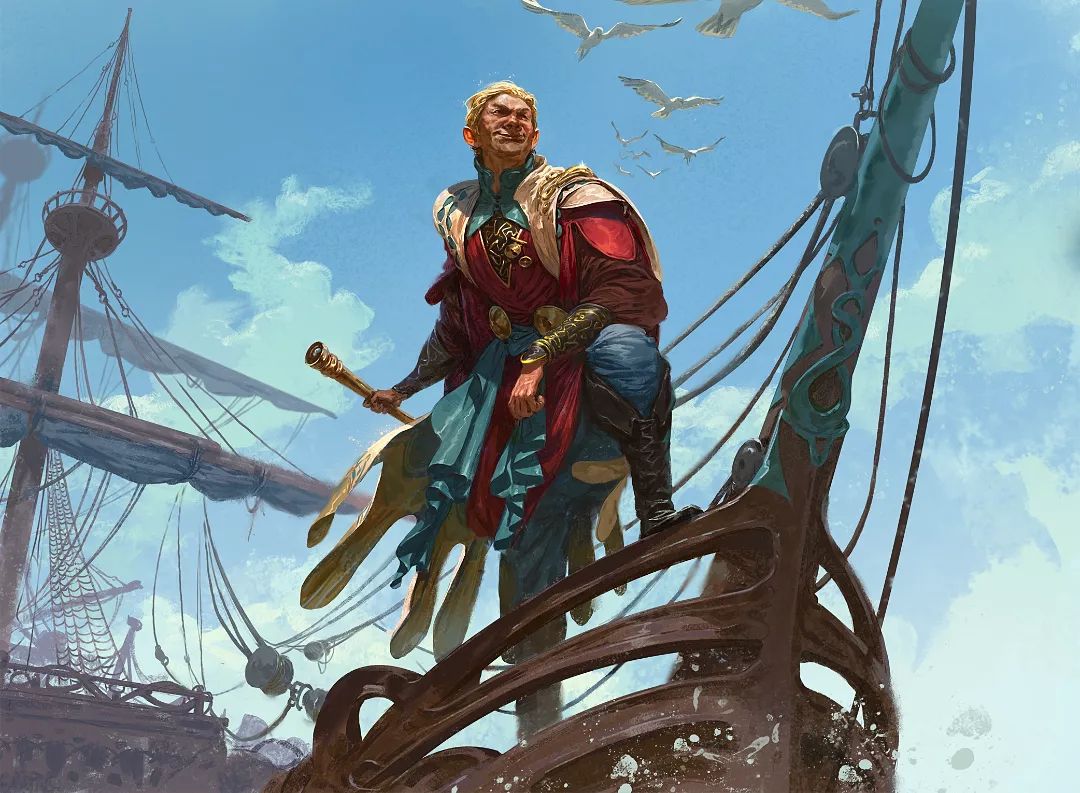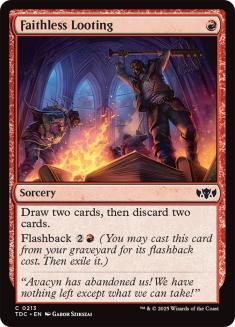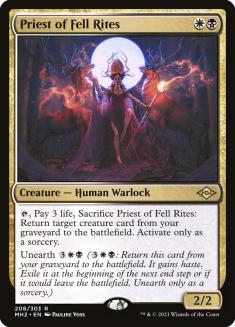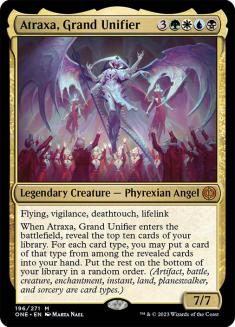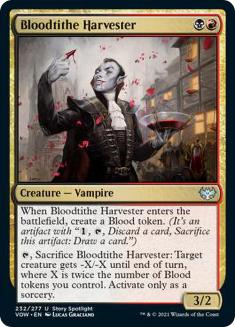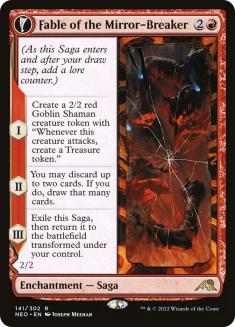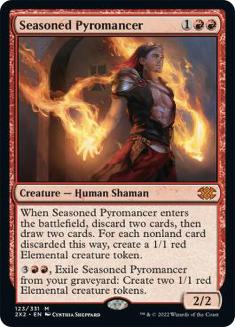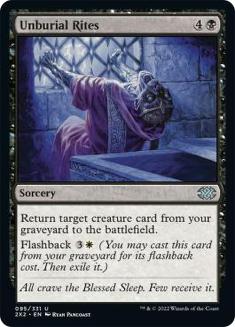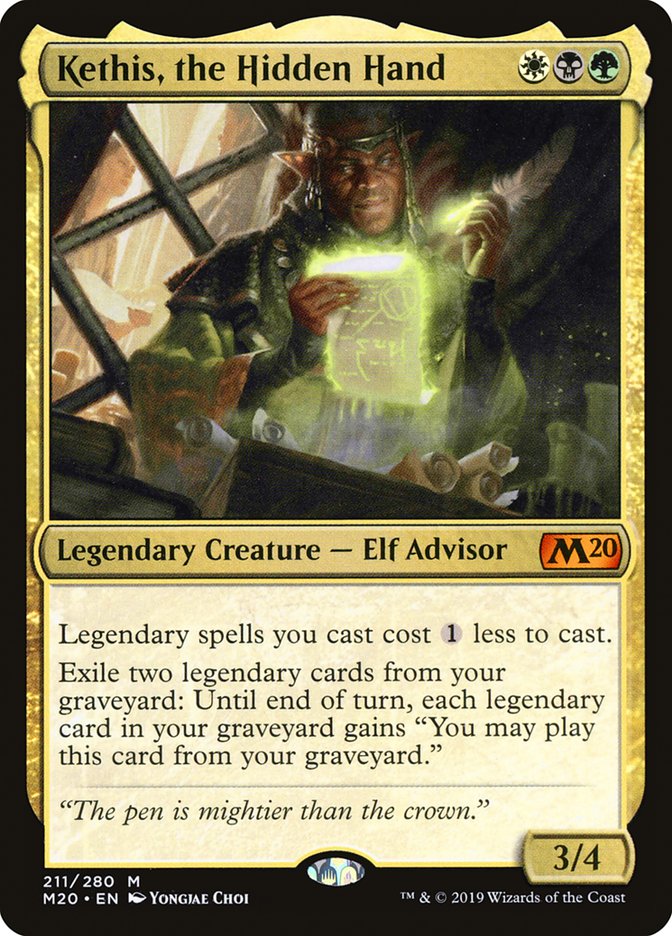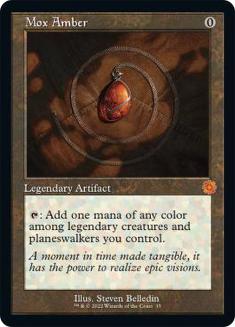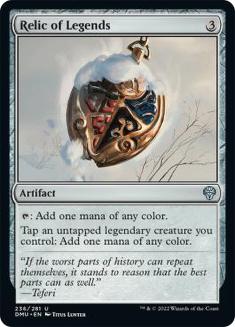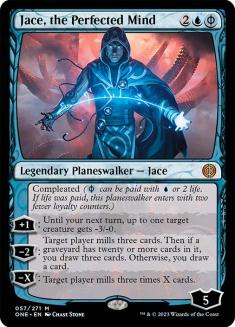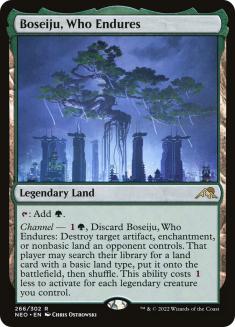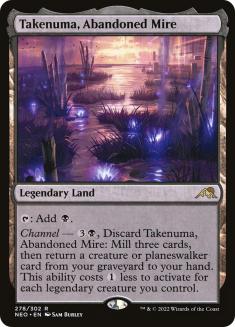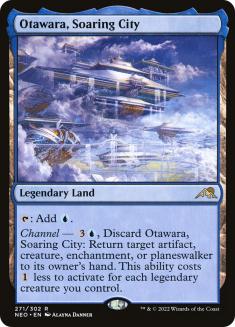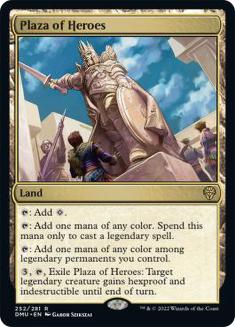It’s been a while since anyone had to care about Historic. The last Set Championship was half Historic a year ago, but the format has changed beyond recognition since then. A year of regular sets, Anthologies parachuting cards from across the years into Arena, Alchemy rebalances, and Alchemy releases have effectively created a brand-new format. Players have dabbled in Historic on the ladder, but there was no incentive to take it seriously.
Competitors at the Arena Championship had the biggest incentive you could ask for – tens of thousands of dollars on the line and seats at the World Championship. Their deck choices for the Historic portion are a glimpse into how some of the best deckbuilders in the game approach a fresh format.
Mardu Reanimator
Creatures (16)
Lands (25)
Spells (19)

Upon its release, Atraxa, Grand Unifier immediately became the default creature to cheat out in every format. From Standard through Vintage, Atraxa was the missing piece of the puzzle that breathed new life into some cards or decks and gave rise to entirely new ones.
It’s no surprise that Atraxa took her talents to Historic as well. The basic Reanimator recipe has three ingredients: discard outlets or direct replacements like Unmarked Grave, reanimation spells, and something worth reanimating. The quirks of the Historic card pool mean that it excelled in some of these areas and lacked in others – this is one of the few formats where you can still cast Faithless Looting, but that’s fine because you can’t do that much with it.
The Team Handshake list taken to the Top 8 by Matti Kuisma even forgoes Looting in favor of proven midrange cards that happen to be discard outlets, making a clear statement that this is not an all-in combo deck. Bloodtithe Harvester into Fable of the Mirror-Breaker is a familiar curve from both Standard and Pioneer in decks that don’t care about the graveyard; Seasoned Pyromancer is a Modern all-star in a wide range of red decks and repeats that role in Historic.
The Crucias Factor
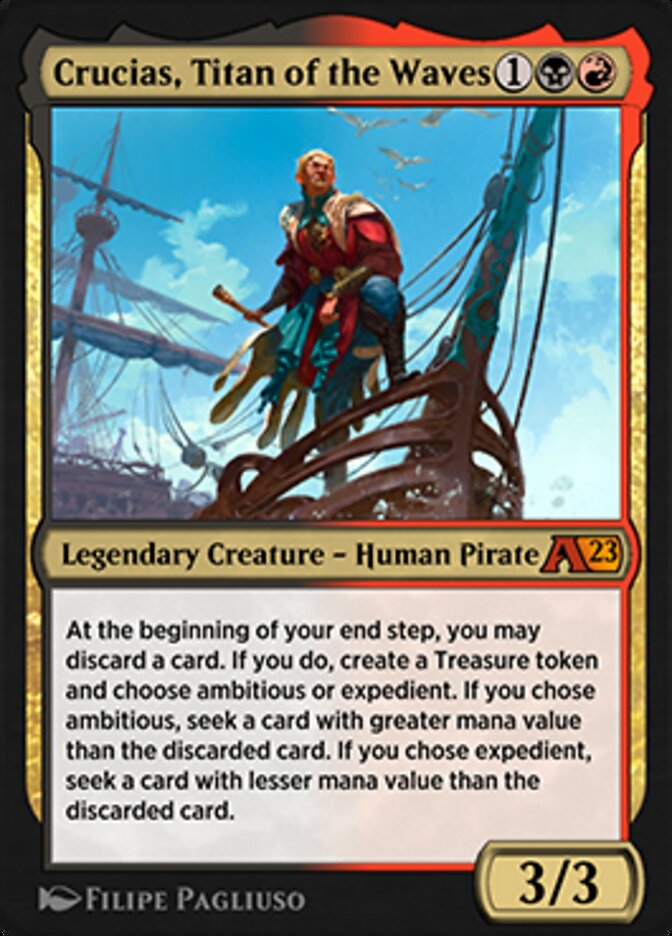
If you haven’t checked in on Alchemy or Historic lately, feast your eyes on Crucias, Titan of the Waves for a moment. In formats where it exists, Crucias is just as ubiquitous as Fable in these grindy Rakdos decks, and it’s easy to see why once you map out its play patterns.
Start at the extremes. You can always turn a land into a spell as flood insurance. You can always turn any one-drop into a land for next turn. Any one-drop can become a more expensive spell, especially useful in the midrange Rakdos decks where your one-drops are conditional interaction like Thoughtseize / Inquisition of Kozilek and Fatal Push / Strangle.
As you go higher, you can sculpt your curve to ensure the same hit every time. Jan-Moritz Merkel’s Rakdos deck can always turn any of its many three-drops, such as a redundant Crucias, into a Sheoldred as the only card that costs four or more. Crucias can expand your access to high-impact sideboard cards this way. Against Azorius Artifacts, Merkel can swap out his Sheoldreds for a Shatterstorm.
Crucias in Reanimator
In Reanimator, Crucias is a discard outlet and engine in one. Say you cast Crucias and discard Unburial Rites to it at end of turn, choosing ambitious and automatically hitting Atraxa. You now have Rites where in the graveyard (flashback discount and all) and Atraxa in hand to feed to Crucias next turn – or, thanks to the Treasure it created, you can discard Atraxa to a Blood token or Thoughtseize and flashback Rites on it all on Turn 4. A steady stream of Treasure tokens makes it possible to hard-cast Atraxa too if necessary.
With tools like these, Reanimator can beat the midrange decks at their own game and sidestep hate while threatening a fast and lethal combo.
Rites Place, Rites Time
A recent addition to Historic that never found a home until now, Priest of Fell Rites finally makes a Reanimator deck possible. Unburial Rites is a little clunky as a backup option but makes up for that with its resilience. Between its flashback and Priest’s unearth, you are sure to rebuild your combo from your graveyard given enough time, and you can happily toss both your creature and your reanimation spell to a Fable or Seasoned Pyromancer if you aren’t ready for it yet.
And then there’s Atraxa itself. The rest of this Mardu Reanimator shell existed for a few months (not that there were any tournaments to play it in) but lacked a payoff to make it worth it. Serra’s Emissary is the most terrifying threat of all in some matchups (and is waiting in the sideboard here for those times), but you want your main payoff creature to be impressive no matter what. Atraxa fills that void left by the lack of other big hitters like Griselbrand or Archon of Cruelty.
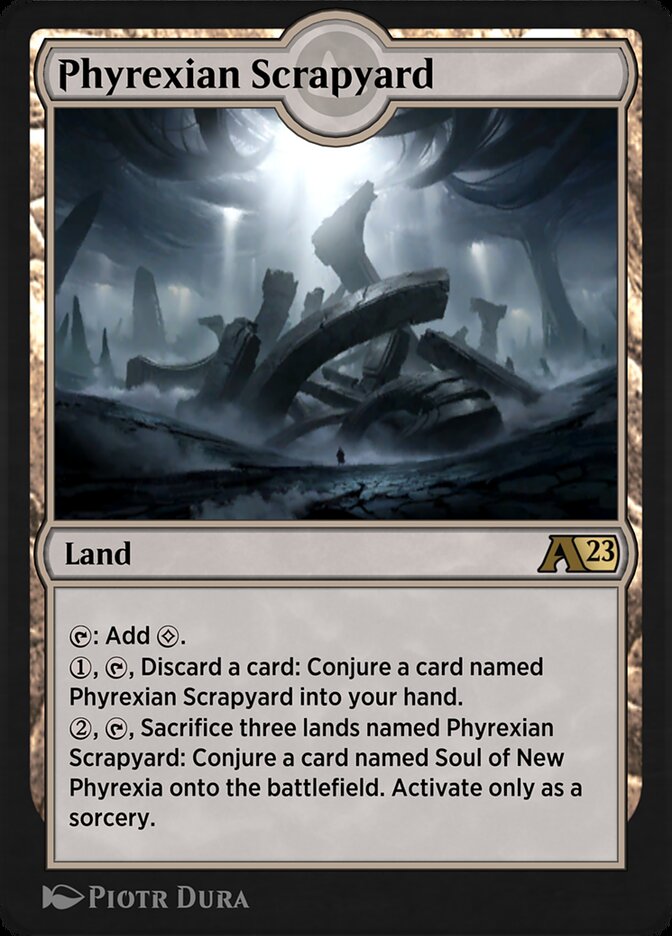
This deck also enjoys a recent Alchemy addition in Phyrexian Scrapyard. Grafting another cheap discard outlet into your manabase is very convenient, but Scrapyard also comes with a self-contained plan against graveyard hate that also avoids discard and counters.
Kethis Combo
Creatures (14)
- 2 Lazav, the Multifarious
- 4 Kethis, the Hidden Hand
- 4 Emry, Lurker of the Loch
- 4 Kinnan, Bonder Prodigy
Planeswalkers (4)
Lands (23)
Spells (19)

Kethis Combo took Core Set 2020 Standard by storm and has been a curious oddity in larger formats ever since. Kethis was cut down in the Pioneer combo purge before it could make a mark there, but in Historic it has been a constant source of temptation that never lived up to the hype until now. Ondrej Strasky, one of the deck’s original trailblazers in Standard, revived this old favourite in Historic for yet another strong finish at the Arena Championship.
If you weren’t around for Kethis’s day in the sun, it’s hard to parse the combo at a glance. With enough legends in your deck and a repeated source of self-mill (previously Diligent Excavator or Emry, Lurker of the Loch on a loop), you can keep recasting Mox Amber (with each new copy banishing the old one via the legend rule) to generate mana as you mill your deck, putting enough fuel in the graveyard to let Kethis keep activating to restart this sequence, eventually ending with a win condition like Jace, Wielder of Mysteries.
Kethis Upgrades
An amazing haul of new cards over the past year has made the combo much cleaner. The deck is also more resilient on the whole.
Relic of Legends is an excellent mana rock in any legend-heavy deck, but specifically allows legendary creatures cast during these Kethis loops to generate mana themselves, letting two copies of Emry cast each other repeatedly. This removes the need for multiple copies of Mox Amber early in the combo and reduces the total legend count required for Kethis activations.
Jace, the Perfected Mind replaces its cousin as a win condition – once you have milled your deck you can cast Jace several times and mill them instead – while jump-starting the combo as a fast self-mill card in its own right. Jace fills the graveyard for Kethis quickly and sets up its own loops mid-combo. With the discount from Kethis, this Jace effectively costs 1UU to mill fifteen cards, which Kethis can turn into several Mox Amber loops to keep the chain going.
Neon Plaza
The Neon Dynasty legendary lands increase the density of legends in the deck while offering useful effects at a bargain price. Boseiju gives insurance against hate like Rest in Peace without having to dedicate slots to that explicitly; Takenuma rebuys the all-important Kethis or any other enabler. Kethis uses these lands better than most other decks and wants as many as it can possibly play.
Plaza of Heroes continues this overhaul of the manabase. The protection is useful, but you’d happily sign up for the smooth fixing alone in a combo deck trying to juggle its Abzan namesake with a bevy of blue enablers.
If wacky combo decks aren’t your style, how about good old-fashioned midrange?
The Midrange Zone
Creatures (14)
- 4 Dreadhorde Arcanist
- 4 Seasoned Pyromancer
- 2 Kroxa, Titan of Death's Hunger
- 2 Sheoldred, the Apocalypse
- 2 Crucias, Titan of the Waves
Lands (22)
Spells (24)

Creatures (14)
- 4 Tarmogoyf
- 2 Seasoned Pyromancer
- 1 Sheoldred, the Apocalypse
- 3 Crucias, Titan of the Waves
- 4 Jarsyl, Dark Age Scion
Planeswalkers (1)
Lands (24)
Spells (21)

Creatures (17)
- 4 Bonecrusher Giant
- 2 Kroxa, Titan of Death's Hunger
- 4 Bloodtithe Harvester
- 3 Sheoldred, the Apocalypse
- 4 Crucias, Titan of the Waves
Lands (25)
Spells (18)

The same formula that carried the Rakdos Midrange core to such success in Standard and Pioneer works in Historic too, with a few old hits from Modern and new tools from Alchemy sprinkled in. If you long for the days of casting Thoughtseize into Tarmogoyf in Modern, Historic may be your new home.
These three lists build on this core in quite different ways. Yuuki Ichikawa’s list is bread-and-butter midrange, where every card has a high floor. Jan-Moritz Merkel goes back to his Rakdos Arcanist roots with sixteen one-drop interaction spells to double down on with Dreadhorde Arcanist. Karl Stelzner branches into Jund for not just everyone’s favourite Lhurgoyf, but also a new card that will excite Arcanist fans.
Dark Age Scion
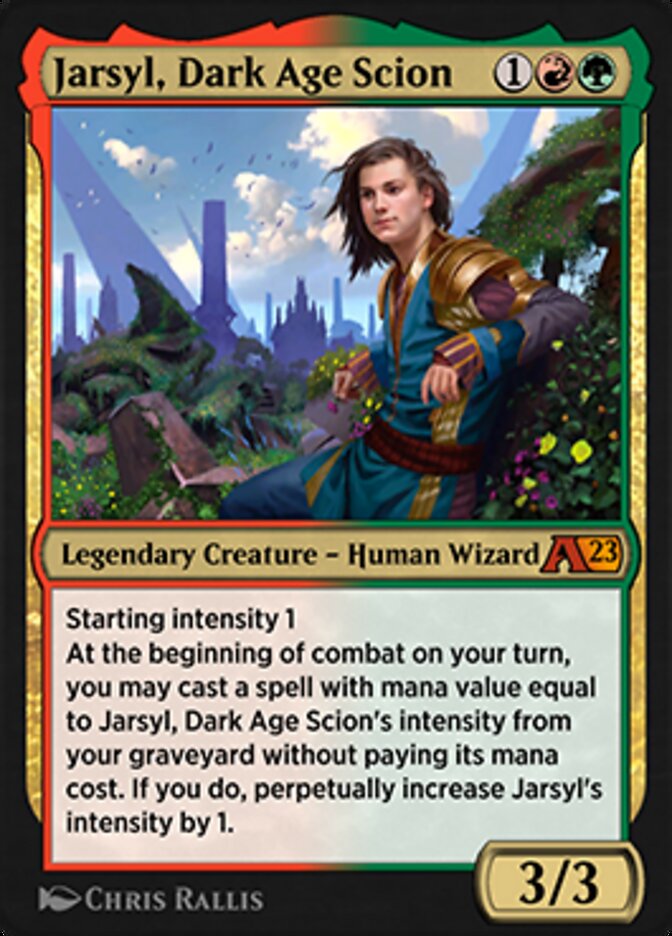
As with Crucias, take a moment to think about the likely sequences with Jarsyl, Dark Age Scion. In these decks flush with one-drops, the base case is already appealing – a three-drop 3/3 that comes with a Strangle or Thoughtseize attached is a very strong card, and anything more is a welcome bonus. Consider a line like this:
Turn 1: Thoughtseize, taking their removal spell for Jarsyl.
Turn 2: Molten Impact, killing their two-drop.
Turn 3: Cast Jarsyl and rebuy Thoughtseize, triggering Molten Impact.
Turn 4: Jarsyl rebuys Molten Impact, killing yet another creature.
Or,
Turn 1: Strangle.
Turn 2: Tarmogoyf, forcing a removal spell.
Turn 3: Jarsyl and reuse Strangle.
Turn 4: Jarsyl revives the dead Tarmogoyf
Stelzner also has Abundant Harvest to let Jarsyl ‘draw’ a card (of the type you need right now!) with its first trigger as well as another new card advantage spell that looks oddly familiar:
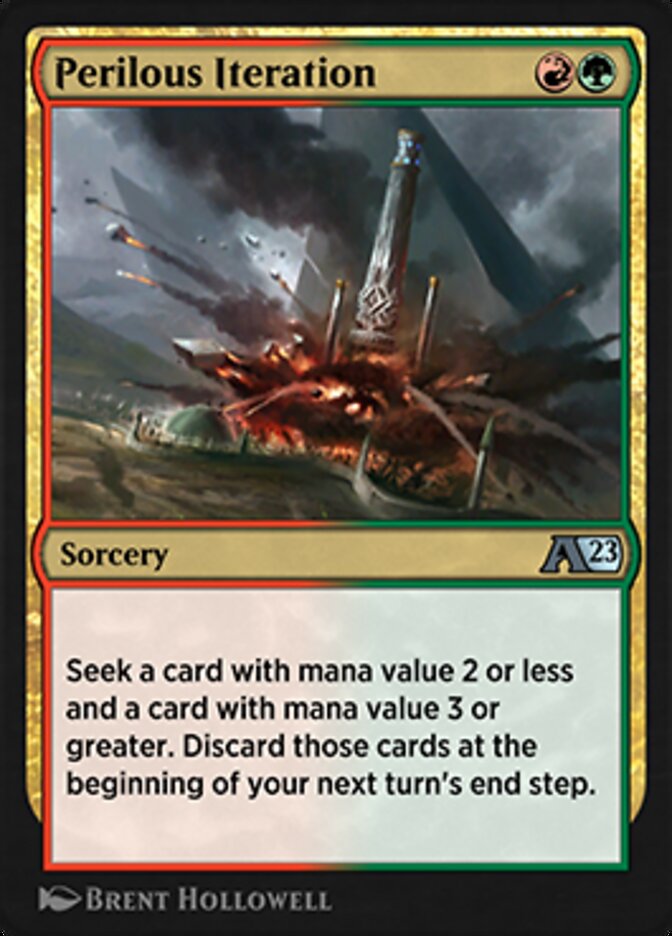
Any homage to Expressive Iteration deserves a look, and Perilous Iteration has much less competition in its colours. Like Crucias, you can try to remove the randomness from one of these outcomes – Ichikawa had streamed an eight-Iteration list of Temur Phoenix where Perilous Iteration was guaranteed to find and bin an Arclight Phoenix – or you can just play it as an impressive value card that’s more reliable than perilous.
Izzet Wizards
Creatures (19)
- 4 Soul-Scar Mage
- 4 Dreadhorde Arcanist
- 2 Brazen Borrower
- 2 Svyelun of Sea and Sky
- 4 Symmetry Sage (MTGA)
- 3 Balmor, Battlemage Captain
Lands (20)
Spells (21)

Creatures (16)
- 4 Arclight Phoenix
- 2 Ox of Agonas
- 4 Ledger Shredder
- 2 Symmetry Sage (MTGA)
- 4 Dragon's Rage Channeler (MTGA)
Lands (19)
Spells (25)

When the dust settled, the two finalists were tapping Steam Vents to cast Expressive Iteration. You’ve seen that one before!
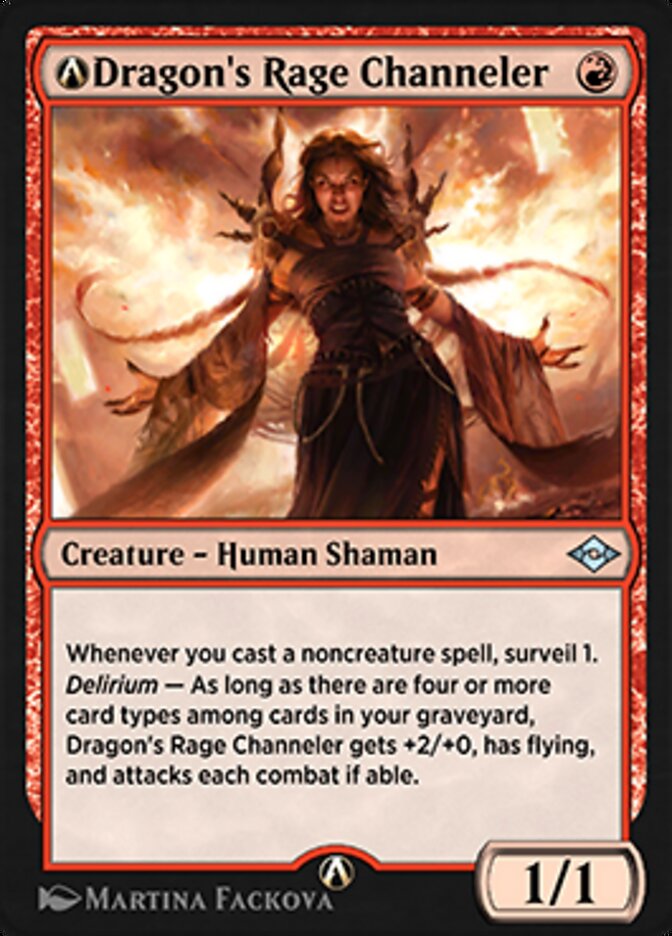
Izzet Phoenix is a staple of Historic at this point but has had to adapt to the Alchemy changes in particular. Dragon’s Rage Channeler (MTGA) is more fragile and worse in combat against small flyers, but you have enough removal to clear the way for it that this is a minor downgrade. Its Modern partner in crime, Unholy Heat, was nerfed so strongly that it isn’t worth the effort over other options like Fiery Impulse or Strangle anymore.
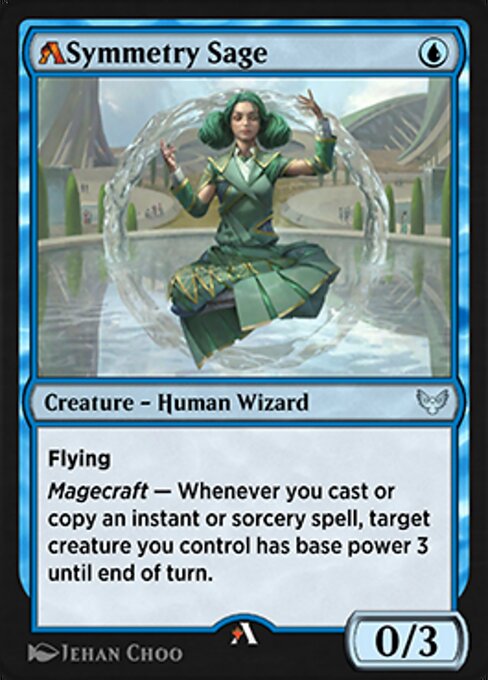
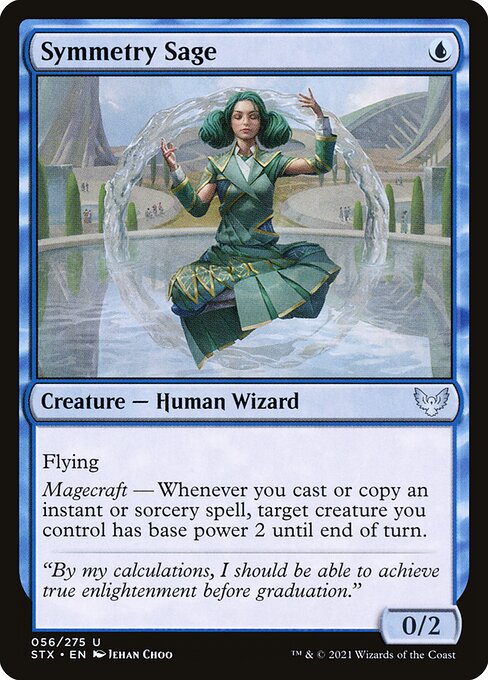
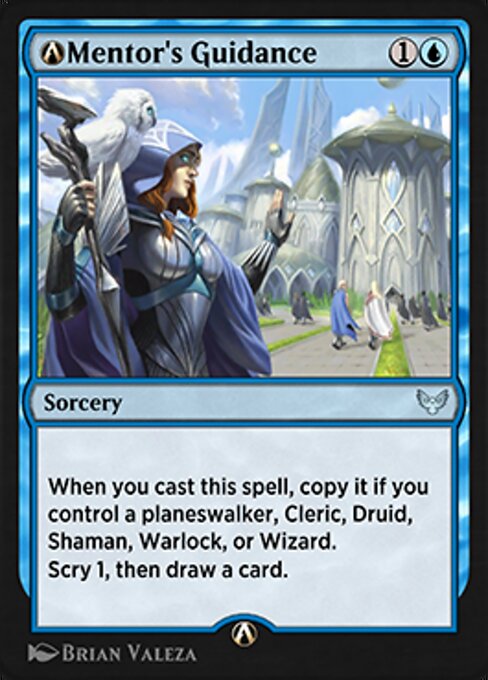
By contrast, Symmetry Sage (MTGA) is the powerhouse its printed counterpart could only hope to be. Hiroshi Inozuka’s winning Izzet Wizards deck pushes the card to its limits and pairs it with the boosted Mentor’s Guidance (MTGA) alongside Expressive Iteration to keep the cards and triggers flowing in the mid-game. Izzet Wizards was a known and popular archetype over the last few months, and players who were slinging spells on the Historic ladder will be pleased and intrigued to see it taking down the highest-stakes Historic tournament in years.
The Alchemy Problem
There’s a giant, cantankerous elephant in the room here. The whole concept of Alchemy proved incredibly divisive. The Alchemy format withered on the vine, and its after-effects are still being felt in other formats. It’s demoralizing as a viewer, let alone a content creator, when the most popular comment on any Historic discussion is that the Alchemy cards and changes are ruining the format and stopping people from playing or watching.
For a while, these complaints were confusing more than anything else. Other than some frustrating nerfs to popular cards – why can’t I play Luminarch Aspirant as printed in my Historic deck, just because it was deemed a little much for Standard? – the actual impact of the new Alchemy cards was minimal. Many of the strongest Alchemy cards could exist in paper with some flexibility in the rules so that they didn’t feel categorically different. The winning decks in Historic tournaments featured barely any Alchemy cards between them.
The Other Alchemy Problem
That’s certainly not the case anymore. Rebalanced cards were front and centre in both decks in the finals this weekend. Crucias and Jarsyl are format-defining cards wherever they are legal. There is an entire rogues’ gallery of Alchemy cards that quickly had to be nerfed into unplayability after causing trouble in Alchemy or Historic, from Goblin Trapfinder to Inquisitor Captain to Cabaretti Revels. If you don’t like Alchemy in your Historic, pretending it doesn’t exist is no longer a viable option.
Ultimately, this disgust towards Alchemy seems more emotional and visceral than anything else. I don’t share it myself – not least because Historic is maybe the most arbitrarily defined format of all time, so I don’t feel that it has some natural progression that’s being derailed – but at this point, the people have clearly spoken. Removing Alchemy from Historic entirely would be a painful overcorrection, but anything short of that would be too little, too late for the Alchemy haters. If people other than these 32 competitors have to play Historic anytime soon, this tension will be felt even more acutely.
I hope we have more reasons to take it seriously soon – and that’s high praise at a time when there are more formats than any one player can follow at once.

